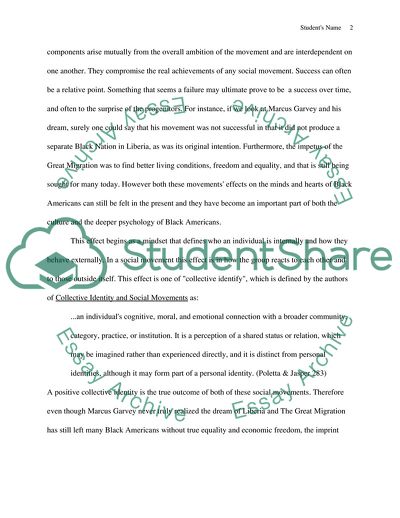Cite this document
(Effective Movements: Hidden Results Term Paper Example | Topics and Well Written Essays - 2000 words, n.d.)
Effective Movements: Hidden Results Term Paper Example | Topics and Well Written Essays - 2000 words. Retrieved from https://studentshare.org/history/1709452-effective-movement
Effective Movements: Hidden Results Term Paper Example | Topics and Well Written Essays - 2000 words. Retrieved from https://studentshare.org/history/1709452-effective-movement
(Effective Movements: Hidden Results Term Paper Example | Topics and Well Written Essays - 2000 Words)
Effective Movements: Hidden Results Term Paper Example | Topics and Well Written Essays - 2000 Words. https://studentshare.org/history/1709452-effective-movement.
Effective Movements: Hidden Results Term Paper Example | Topics and Well Written Essays - 2000 Words. https://studentshare.org/history/1709452-effective-movement.
“Effective Movements: Hidden Results Term Paper Example | Topics and Well Written Essays - 2000 Words”. https://studentshare.org/history/1709452-effective-movement.


